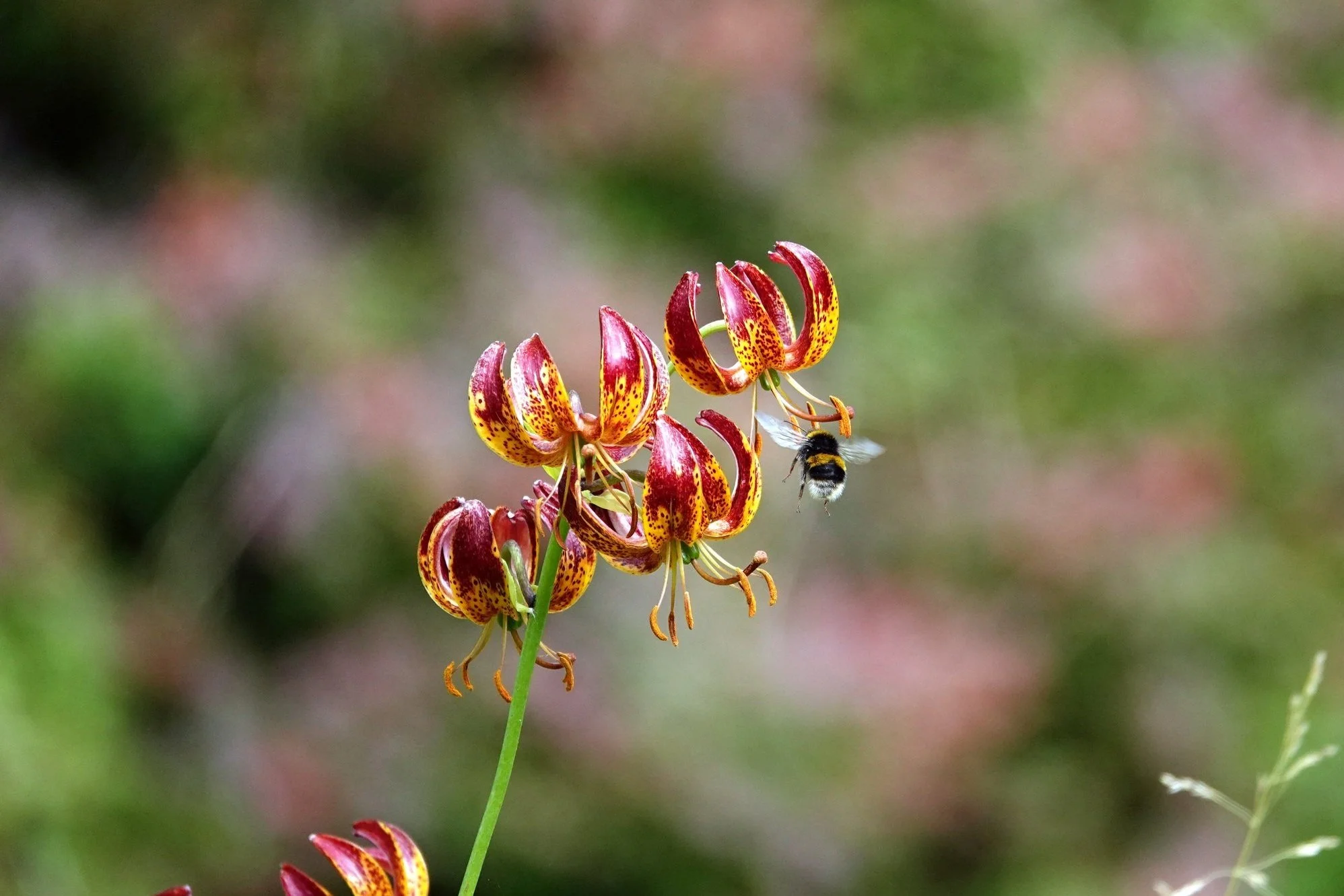
© Andy Wakelin
Sharing records
When you have done all the hard work in noting down all the details of your wildlife sighting, what do you do next?
The important thing is to make sure that your record appears on the national databases so that people can make use of it in planning and conservation work.
The steps to follow are:
If there is a Local Environmental Records Centre covering the area for your wildlife record, then send the details to them. Contact them first to make sure you get it in the right format. They will do all the hard work from then on and put the records on the national database. Local Environmental Records Centres in Scotland are listed below.
If there is a recording scheme or society for the species you have recorded then get in touch with them to see if they can process your record and put them on the national database.
If there is no Records Centre for the area and no recording scheme or society, then put the details on iRecord. This is a website that collects and verifies wildlife records and then adds them to the national database and makes them available on the NBN Atlas.
Remember, you can use the internet and websites like iSpot to help identify the species you have seen. BRISC is always happy to help with any part of the recording process, so please email us at info@brisc.org.uk with questions.
Local Environmental Records Centres (LERCs) in Scotland
-
Argyll Biological Records Centre
Carl Farmer, Biological Records Manager
Cloister Flat, Ardchattan Priory
Connel, PA37 1RQ
01631 750076 or 07549 991729
carl@lnhg.org.uk
http://www.abrec.org.uk/ -
Arran Biological Records Centre
Kate Sampson
Brodick Country Park, Brodick
Isle of Arran, KA27 8HY
01770 302462
Ksampson@nts.org.uk -
Fife Nature Records Centre
Lindsay Bamforth
Fife Council, 3rd Floor Main
Fife House, North Street
Glenrothes, Fife, KY7 5LT
nature.info@fife.gov.uk
http://www.fife.gov.uk/fifenature -
Glasgow Museum Biological Records Centre
Robyn Haggard
Glasgow Museums Resource Centre
200 Woodhead Road
Glasgow, G53 7NN
biological.records@glasgowlife.org.uk
https://www.glasgowlife.org.uk/museums/biological-record-centre -
Highland Biological Recording Group (HBRG)
7 Muirden Road, Maryburgh
Ross-shire, IV7 8EJ
info@hbrg.org.uk
https://www.hbrg.org.uk/ -
Islay Natural History Centre
The Natural History Centre, Port Charlotte
Islay, PA48 7TX
01496 850288
manager@islaynaturalhistory.org -
North East Scotland Biological Records Centre (NESBReC)
Glenn Roberts
Specialist Services Team, Aberdeenshire Council
Woodhill House, Westburn Road
Aberdeen, AB16 5GB
01467 537221
glenn.roberts@aberdeenshire.gov.uk
http://www.nesbrec.org.uk/ -
Orkney Wildlife Information & Records Centre
Orkney Library & Archive
44 Junction Road, Kirkwall
Orkney, KW15 1AG
01856 873166 (ext. 3026)
biodiversity@orkney.gov.uk
https://orkneylibrary.org.uk/orkney-wildlife-information-and-records-centre/ -
Outer Hebrides Biological Recording
Dr Christine Johnson
24 Ardivachar, South Uist
Outer Hebrides, HS8 5RF
admin@ohbr.org.uk
http://www.ohbr.org.uk/ -
Shetland Biological Records Centre
Paul Harvey
Shetland Amenity Trust
Garthspool, Lerwick
Shetland, ZE1 0NY
01595 694688
paul@shetlandamenity.org
https://www.shetlandamenity.org/shetland-biological-records-centre -
Skye Environmental Centre
Grace Yoxon
7 Black Park, Broadford,
Isle of Skye, IV49 9DE
01471 822 487
Grace@otter.org -
South West Scotland Environmental Information Centre (SWSEIC)
Mark Pollitt
Studio 1, Hillhead Mill
Kirkgunzeon, Dumfries, DG2 8LA
01387 760274
info@swseic.org.uk
https://swseic.org.uk/ -
The Wildlife Information Centre (TWIC)
Centre Manager
Caretaker's Cottage, Vogrie House
Vogrie Country Park, Nr. Gorebridge
Midlothian, EH23 4NU
01875 825968
info@wildlifeinformation.co.uk
http://www.wildlifeinformation.co.uk/
Museum collections
Dundee: Dundee Art Galleries & Museums hold a historical biological dataset gathered by Naturebase
Falkirk: Falkirk Museum holds historic records but is no longer a local recording centre
Perth: Perth Museum/Perth Council hold some biological data but do not offer the services of local records centre
Glasgow Museum Biological Records Centre holdings include East and West Dunbartonshire, Renfrewshire, East Renfrewshire, Inverclyde, North and South Lanarkshire and much data for the surrounding areas
© Andy Wakelin
© Andy Wakelin
© Andy Wakelin




